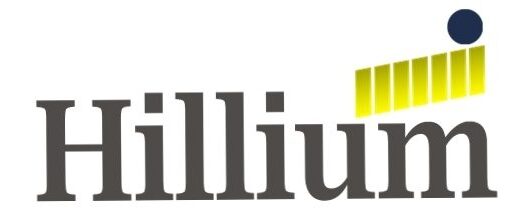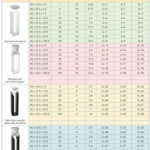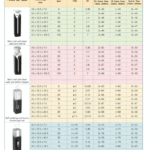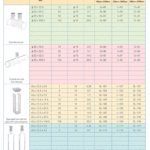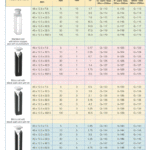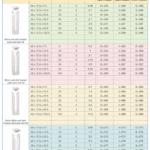Cuvette
What is a cuvette and how is it used?
Cuvette (sample cell, absorption cell) is, in its basic level, fundamentally a test tube designed for use with optical analysis. Standard cuvettes are generally square or rectangular in cross section to avoid refraction artefacts. Depending on what part of the spectrum is under consideration, they may be made of quartz or optical glass although plastic cuvettes do exist for less demanding measurements.
How To Use a Cuvette?
This is a brief description on how to use a cuvette and will also help answer the question: What is a cuvette? Also if you would like more information about how to use a cuvette in different instruments such as Spectrometers, Spectrophotometers and Fluorometers then please feel free to contact us.
A liquid sample is placed in the cuvette carefully to ensure that it is not over filled and the outside of the cuvette is kept clean. Then the cuvette is inserted into the instrument such as a Spectrometer or Fluorometer. The beams inside of the instrument can pass through the quartz/glass walls of the cuvette due to their optical purity and 'read' the sample. The sample's data is then analysed against know standards of materials.
Types of Spectrophometer Cuvette Available
At Amtast Inc we supply both standard glass and UV cuvettes for spectrophotometers . As standard our Spectrophotometer cuvettes and cells have two polished windows. All of our cuvettes also come with a range of lids and stoppers including PTFE lids and Teflon stoppers
All of these cuvettes are available made with 3 different materials.
Optical Glass Spectrophotometer Cuvette
Spectrophotometer cuvettes which are made from Optical Glass are suitable for transmission wavelengths from 320nm to 2,600nm and are available in a range of path lengths.
UV Quartz Spectrophotometer Cuvettes
UV quartz cuvettes for UV light are suitable for transmission wavelengths from 195nm to 2,500nm and are also available in a range of path lengths.
IR Quartz Spectrophotometer Cuvettes
IR quartz cuvettes are suitable for wavelengths from 260nm to 3,500nm and have a matching tolerance of 1% at 2,730nm.
Additional range of more specialised cuvettes and cells including those listed below:
• Micro spectrophotometer cuvette with frosted walls
• Micro spectrophotometer cuvette with black walls
• Self masking continuous flow through spectrophotometer cuvette
• Cylindrical cell
• Absorption rectangular
• Rectangular with screw cap
• Long Outlet Cylindrical
• Cells for reflection measurements
